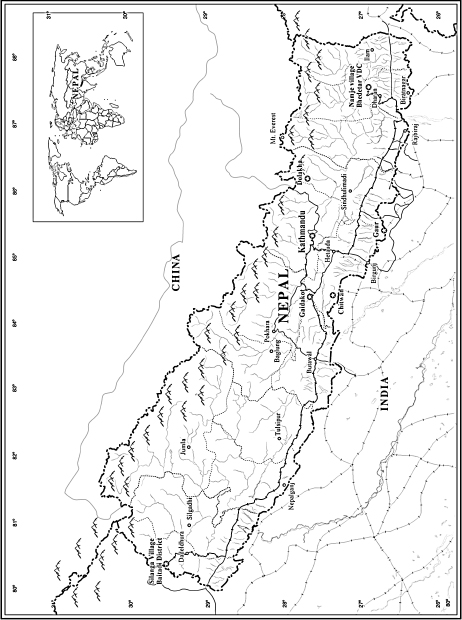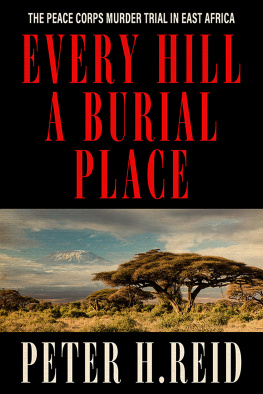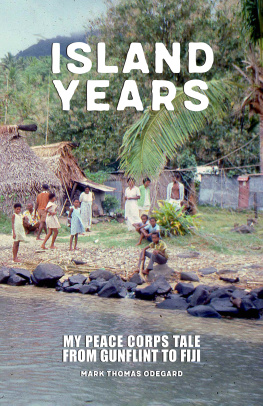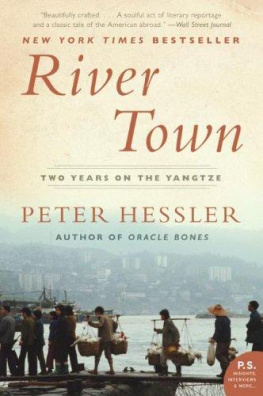
To Priyanka and my parents

Foreword
Ive never felt comfortable in Washington, DC. Maybe its the way the city dies every night, the five oclock crowds fleeing to the suburbs, until parts of downtown seem as lifeless as Arlington Cemetery. Or maybe its all those monuments, the big blocks of marble scattered around town like the reminders of some earlier, more inspired civilization. Even the bustle of a weekday morning can leave me feeling depressed. There are so many young people, and they move with such purpose; the city is full of highly educated aides and interns who run the place on a day-to-day basis. And yet the stories that come out of Washington seem eternal: gridlock in the Senate, logjams in the House; presidential backpedaling and partisan politics. Whatever happens to all that youthful energy?
But the place felt different when I saw it with Rajeev Goyal. In the summer of 2010, I researched a New Yorker magazine profile of Rajeev, and I spent part of a week with him on Capitol Hill, where he was lobbying to increase support for the Peace Corps. He had no formal training for this job, although he told me that he had learned useful lessons during his time as a volunteer teacher in a Nepalese village called Namje. His mentor, a schoolteacher named Tanka Bhujel, had taught him that politics is personal, and not really about rules and systems. Politics is the dur-tee game, Tanka Sir used to say happily, although he didnt mean this statement in a cynical way. He believed that politics requires creativity and guile, and that it should be seen as a human gamethere should be lightness and joy to the process.
This was how Rajeev approached Washington. To him, it was simply another village, and the fact that he was an outsiderthe son of Indian immigrants, short and dark skinnedonly made it easier for him to capture peoples attention. (Tanka Sir was also a misfit, a member of an obscure caste in Namje.) After Rajeev began his work on Capitol Hill, he memorized the photographs of every member of the House and Senate. He learned the DC equivalent of village-well routes: the obscure places where even the great and mighty have to tread. He recognized Senator Bob Corker at Reagan National Airport. He struck up a conversation with Representative Russ Carnahan at a Starbucks on Pennsylvania Avenue. He ran into Representative Peter Welch late one night at Cosi, and he encountered Representative Dennis Kucinich at Le Pain Quotidien. He spent hours hanging around the small rotunda that connects the Cannon and Longworth House Office Buildings, where he met dozens of officials. In 2009 the Peace Corps received the largest single-year increase in its history, and many people told me that Rajeevs campaign deserved much of the credit for the new funding.
In 2010 I spent two and a half days with Rajeev, and I watched him track down fifteen different senators without a single appointment. One afternoon, he approached Senator Dianne Feinstein at the end of a meeting on military intelligence. After introducing himself, Rajeev asked for more support for the Peace Corps, but the senator said it would be hard in the current economic climate.
Look at the foreign military finance, Rajeev said, and he pulled a copy of the proposed budget out of his pocket. Its almost $5.5 billion, and that includes a $1.2 billion increase. All were asking for is dust compared to that. Its $46 million.
The senator raised her eyebrows. Just dust? she said.
Thats it.
Well, well take a look at it.
She turned to go, but Rajeev persisted. Look at this money! he said. A $1.2 billion increase for foreign militaries, and nine hundred million for Pakistan counterinsurgency.
The numbers caught the senators attention, and she asked Rajeev to repeat them. Less than a year later, the figure for Pakistan would seem even more jarring, when it was discovered that Osama bin Laden had spent years living in a mansion fewer than a thousand yards from a military academy in Pakistan. But even in 2010, a $900 million increase for the Pakistani military seemed like a lot. It was more than twice the entire Peace Corps budget.
The senator took Rajeevs paper, thanked him, and called to an aide: Give this to Rich. And then she was gone, and Rajeev was off to find another Washington village-well route.

There was a time when the Peace Corps didnt have to scramble for support. After John F. Kennedy founded the program in 1961, it was administered by his brother-in-law, Sargent Shriver, who made sure that it grew fast. By 1966 more than fifteen thousand volunteers were serving around the world, and Kennedy had once remarked that the program would make a difference when that figure reached one hundred thousand. But the number of volunteers decreased in the late 1960s, when the Vietnam War turned many young people against any kind of government program. Throughout the 1970s and 1980s, the Peace Corps often lacked a clear direction in Washington, and the profile continued to shrink. When I joined in 1996, many people responded by saying, Is there really still a Peace Corps? I didnt know anybody else from my university who signed up.
But I found that the Peace Corps could still be remarkably effective on the ground. I was sent to China, a new program that was blessed with first-rate staff, both American and local. The volunteers were excellentto this day, they remain some of my closest friends. And there was no question that the work we did was important. Most of us lived in remote cities, and we taught college students who were going to become teachers of English, part of Chinas attempt to reengage with the world after decades of isolation. As part of our training, the volunteers received excellent instruction in Chinese, and many of us became fluent. For me, the Peace Corps proved to be a far more intense and useful learning experience than the two years I had spent in graduate school at Oxford.
This experience has been shared by volunteers all over the world, including, of course, Rajeev Goyal in Nepal. And yet relatively few Americans are aware of what the Peace Corps is doing. This is largely an issue of distancethe true value of the Peace Corps can be found in remote places, whereas the more accessible bureaucracy in Washington is without question the weakest aspect of the organization. Unfortunately, this is all that most members of the Senate and the House ever see of the Peace Corps, which is one reason why funding remains low. Most former volunteers will agree with what Rajeev says in this book: The DC part of the organization should be reduced and made as efficient as possible. The Peace Corps needs more volunteers and fewer lawyers.
But its also difficult to quantify the value of the Peace Corps. Most Americans have a poor understanding of development work, which they imagine primarily as construction: new schools, new hospitals, new roads. The goal is to build things and then move on; the typical analysis involves little more than basic accounting. But the role of a Peace Corps volunteer is subtle. We live in a community for two years, and usually we continue to stay in touch for years afterwards. Most volunteers never build anything. Often we teach, and the value lies in human connections that cant be measured. And theres a strong tendency for Peace Corps volunteers to be humble about what weve done. Rajeev never would have told me about his work in Namje if I hadnt asked; other people described the remarkable water project he undertook as a volunteer.











